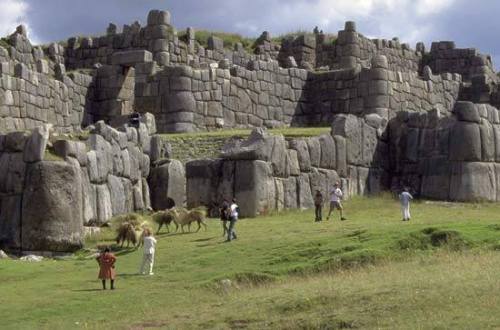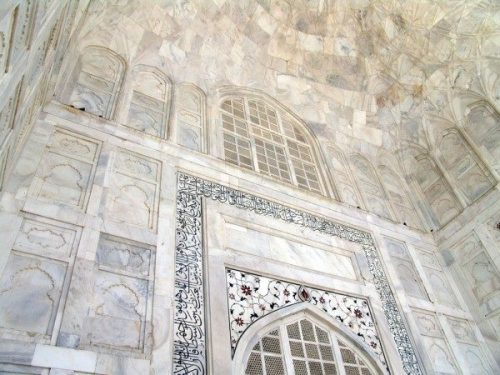Natural Materials in Architecture By and large, the development and progress of architecture has dep
Natural Materials in ArchitectureBy and large, the development and progress of architecture has depended on rocks, either in their natural state or processed to create other building materials. Without rocks, the majority of buildings in Britain and Europe today would not exist.The choice of building materials for structures of any kind depends on their availability. In North Africa, for example, where rock is hard to come by but clay soil is abundant, the mud-brick and adobe technique developed. However, on the alluvial plains of Central Europe construction based on stone and wood has been commonplace since very early times. Over the centuries, virtually all of the world’s cultures have developed techniques enabling them to use stone as a building material, attracted by the strength and permanence it offers builders.Monumental structures, like palaces and fortresses such as that of Segovia (post picture), have been built since antiquity using the ashlar technique, which involves joining ashlars, or blocks, of stone, with binder of some sort. The types of stone most commonly used in building work are limestones, hard sandstones and granites for structural elements (blocks, columns, lintels slates, quartzites and marbles for paving stones; and limestones, clays or gypsums for binders.Without doubt, the wall is one of the most basic, and dramatic, structures in architecture. In ancient societies it was essential for defence, and our ancestors exhibited great skill in building them, both as barriers (such as Hadrian’s Wall, UK) and in buildings such as castles. The Incas developed incredible wall-building techniques. The Peruvian fortress of Sacsahuaman in Cuzco: the enormous blocks were assembled dry, without mortar of any kind, and are fitted so closely together that not even a knife blade can be inserted between them.If ever there were builders known for their consummate skill in using ornamental stone in architecture, they were the builders of the palaces of Mongul India and, in particular, of Taj Mahal. This palace-mausoleum was constructed for the beloved wife of King Sha Jahan, Mumtaz Mahal, who died giving birth to their fourteenth child. The Taj is built in white marble; red sandstone and black marble were used for the boundary walls. To add to its beauty, the king jade, jaspers, jades, turquoises, sapphires, lapis lazuli and carnelians brought on the backs of elephants from all over Asia to be set in the marble surfaces.~ JMSegovia Image Credit: http://famouswonders.com/alcazar-of-segovia/Cuzco Image Credit: http://www.britannica.com/EBchecked/topic/147674/CuzcoTaj Mahal Image Credit: http://designlike.com/2011/12/05/100-most-famous-landmarks-around-the-world/Taj Mahal Stones and Marbles: http://www.taj-mahal.net/augEng/textMM/materialsengN.htmMore Info:Adobe and Mud-Brick technique: http://archaeology.about.com/od/africa/ig/West-African-Adobe-Buildings/Ashlar Technique: http://www.wisegeek.com/what-is-ashlar-masonry.htmSacsahuaman in Cuzco: http://www.cusco-peru.org/cusco-surroundings-cusco-sacsayhuaman.shtmlSegovia Fortress: http://www.exploring-castles.com/alcazar_de_segovia.htmlhttp://famouswonders.com/alcazar-of-segovia/Hadrian’s Wall: http://www.visithadrianswall.co.uk/hadrians-wall -- source link
Tumblr Blog : the-earth-story.com
#building#castle#architecture#taj mahal#fortress#hadrians wall#adobe#engineering#adobo#geology#masonry



